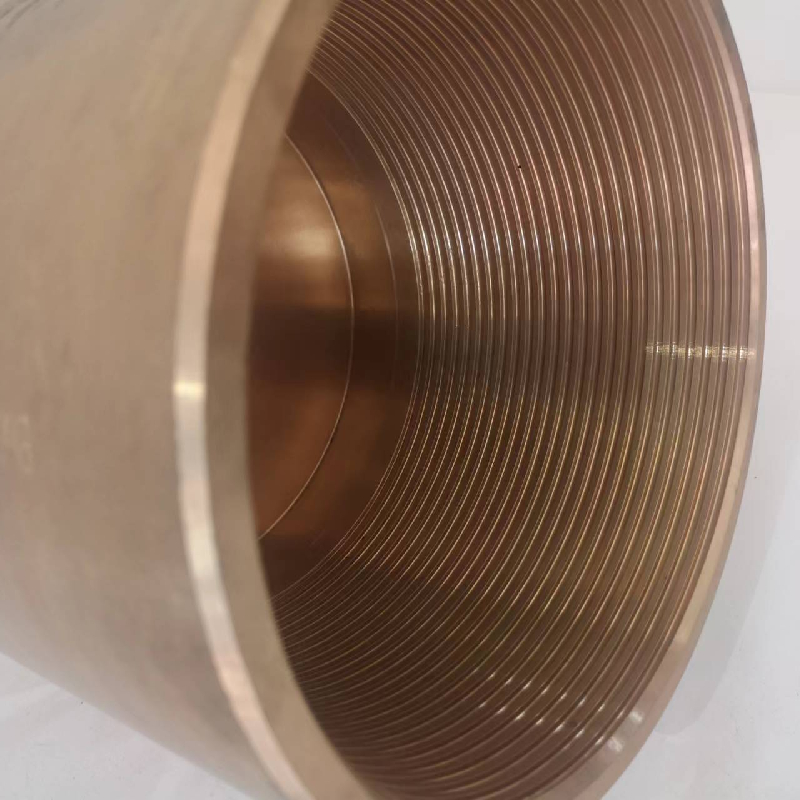- Afrikaans
- Albanian
- Amharic
- Arabic
- Armenian
- Azerbaijani
- Basque
- Belarusian
- Bengali
- Bosnian
- Bulgarian
- Catalan
- Cebuano
- Corsican
- Croatian
- Czech
- Danish
- Dutch
- English
- Esperanto
- Estonian
- Finnish
- French
- Frisian
- Galician
- Georgian
- German
- Greek
- Gujarati
- Haitian Creole
- hausa
- hawaiian
- Hebrew
- Hindi
- Miao
- Hungarian
- Icelandic
- igbo
- Indonesian
- irish
- Italian
- Japanese
- Javanese
- Kannada
- kazakh
- Khmer
- Rwandese
- Korean
- Kurdish
- Kyrgyz
- Lao
- Latin
- Latvian
- Lithuanian
- Luxembourgish
- Macedonian
- Malgashi
- Malay
- Malayalam
- Maltese
- Maori
- Marathi
- Mongolian
- Myanmar
- Nepali
- Norwegian
- Norwegian
- Occitan
- Pashto
- Persian
- Polish
- Portuguese
- Punjabi
- Romanian
- Russian
- Samoan
- Scottish Gaelic
- Serbian
- Sesotho
- Shona
- Sindhi
- Sinhala
- Slovak
- Slovenian
- Somali
- Spanish
- Sundanese
- Swahili
- Swedish
- Tagalog
- Tajik
- Tamil
- Tatar
- Telugu
- Thai
- Turkish
- Turkmen
- Ukrainian
- Urdu
- Uighur
- Uzbek
- Vietnamese
- Welsh
- Bantu
- Yiddish
- Yoruba
- Zulu
Understanding Well Casing Couplings and Their Importance in Drilling Operations
Understanding Well Casing Couplings An Essential Component in Oil and Gas Drilling
In the realm of oil and gas drilling, the integrity and efficiency of well operations hinge significantly on the components used in the setup. One such critical component is the well casing coupling. This seemingly small connector plays a vital role in ensuring that the casing strings are securely joined together and maintain the structural integrity of the entire borehole.
What is Well Casing?
Before delving into couplings, it is essential to understand what well casing is. Casing refers to the series of steel pipes that are installed in a wellbore to provide a protective barrier. This barrier serves to prevent the collapse of the well, isolate different pressure zones, protect groundwater from contamination, and facilitate fluid movement during drilling operations. Casing is typically installed in sections, and this is where casings couplings come into play.
The Role of Couplings
Well casing couplings are short lengths of pipe, usually made from high-strength steel, that connect two lengths of casing together. They are crucial in maintaining the strength and integrity of the casing assembly. Each coupling connects two sections of casing, ensuring that there are no weak points in the structure that could lead to failures or leaks. This is particularly important for deep wells, where the high pressures and geological formations can pose significant challenges.
Types of Couplings
There are primarily two types of well casing couplings threaded couplings and welded couplings.
- Threaded Couplings These couplings feature internal threads that allow a casing pipe with external threads to be screwed in. Threaded couplings are commonly used because they allow for easy assembly and disassembly. This is particularly advantageous in situations where adjustments or replacements need to be made during the drilling process.
well casing coupling

- Welded Couplings These couplings are joined to the casing pipes using welding techniques. To ensure a strong bond, the surfaces are treated to remove any contaminants before welding. While this method provides very strong connections, it does not allow for the easy removal of sections as threaded couplings do.
Benefits of High-Quality Couplings
Opting for high-quality casing couplings is essential for numerous reasons. Firstly, superior materials and manufacturing techniques can enhance the durability of the couplings, which is crucial given the harsh conditions encountered in drilling operations. High-quality couplings resist corrosion, stress, and other environmental factors that could lead to failure.
Secondly, reliable couplings contribute to overall operational efficiency. They minimize the risk of leaks, blowouts, and other potentially hazardous situations that can arise from poorly assembled casing strings. This reliability enhances safety for workers on site and protects the environment.
Challenges and Innovations
While casing couplings serve a vital role, there are ongoing challenges in their use. For instance, the stress that casing undergoes during drilling can lead to fatigue and failure of couplings over time. Innovations in materials science, such as the development of advanced alloys and coatings, are making strides in overcoming these issues.
Moreover, the advent of new technologies like digital monitoring tools allows operators to track the integrity of well casings in real time. This proactive approach can lead to prompt maintenance and replacement of couplings, thereby extending the life of the casing and enhancing overall safety.
Conclusion
Well casing couplings may be small components in the vast machinery of drilling operations, yet their importance cannot be overstated. They serve not only to connect casing sections but also to ensure the integrity and safety of the entire well. By understanding the types, benefits, and ongoing innovations related to casing couplings, industry professionals can make informed decisions that enhance the efficacy and safety of oil and gas extraction processes. As drilling techniques continue to evolve, so too will the materials and technologies used in couplings, ultimately contributing to more secure and sustainable operations in the field.
-
Tubing Pup Joints: Essential Components for Oil and Gas OperationsNewsJul.10,2025
-
Pup Joints: Essential Components for Reliable Drilling OperationsNewsJul.10,2025
-
Pipe Couplings: Connecting Your World EfficientlyNewsJul.10,2025
-
Mastering Oilfield Operations with Quality Tubing and CasingNewsJul.10,2025
-
High-Quality Casing Couplings for Every NeedNewsJul.10,2025
-
Boost Your Drilling Efficiency with Premium Crossover Tools & Seating NipplesNewsJul.10,2025







